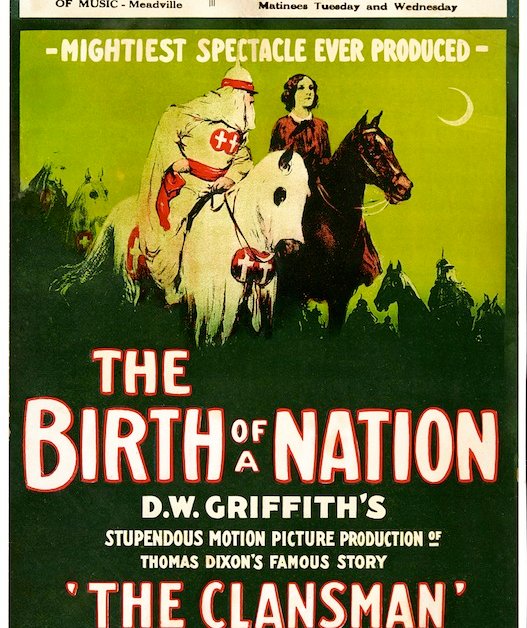Teaching Reconstruction

I remain amazed that Teen Vogue is now a top place for first-rate stories, but it has been so for several years now. Let’s hope it continues, especially when they are running stories on the poor state of teaching about Reconstruction in the schools.
The post-Civil War Reconstruction era marked a period of massive social, political, economic, and cultural advancements for Black Americans. Between 1865 and 1877, formerly enslaved people gained citizenship rights, fought for land ownership and economic independence, ran for elected office, and established many civic, religious, and educational institutions that are still with us today. With these gains, however, also came fierce backlash to racial progress. White supremacists used violence and intimidation to reverse many of these advancements and ushered in a new era of Jim Crow laws.
Despite the fact that Reconstruction is an important, influential chapter in American history — and that we are still dealing with the fallout of its end — many public and private school curricula do not give adequate attention to this era, spending more time on other periods in American history, such as the Civil War and the Civil Rights Movement. A report from the Zinn Education Project released early last year found that, nationwide, the Reconstruction era is seldom taught accurately in K-12 schools, and often not enough class time is spent discussing this period. As a result, the Reconstruction era is poorly understood.
According to the Zinn report, state standards and history curricula nationwide fail to “teach a sufficiently complex and comprehensive history of Reconstruction.” Instead, students are often taught an inaccurate and racist depiction of the time. Jesse Hagopian, an educator and organizer with the Zinn Education Project, tells Teen Vogue, “Our report on Reconstruction discovered that the vast majority of states established education standards that ignore the role of white supremacy in ending Reconstruction, and they reproduce racist and false framings of Reconstruction that obscure the contributions of Black people to Reconstruction’s achievements.”
Much of this is due to the fact that many history textbooks are either inadequate, outdated, or rely on misinformation and racist propaganda once peddled by the Dunning School, a group of Columbia University scholars led by historian William A. Dunning in the early 20th century. Most scholars and historians now recognize Reconstruction as a period of Black activism and prosperity, but the Dunning scholars created a school of thought that portrayed the Reconstruction era as a massive failure. According to this racist, revisionist history, Black Americans were “ignorant” and easily manipulated by northern Republicans, who took advantage of corrupt state governments to punish former Confederates and slave owners, who were predominately white southern Democrats.
“The Dunning School peddled in this ‘lost cause’ narrative that made the South seem like a noble cause, as if they were fighting for tradition rather than fighting to maintain human bondage,” Hagopian says. “And that, unfortunately, is a narrative that weaved itself into corporate textbooks all over the country throughout US history.” This false narrative was also upheld by the United Daughters of the Confederacy, a group focused on ensuring that history textbooks and other reading materials painted the Confederacy — and the forces of white supremacy during Reconstruction — in a respectable and positive light.
Whole thing is very much worth your tiempo.


